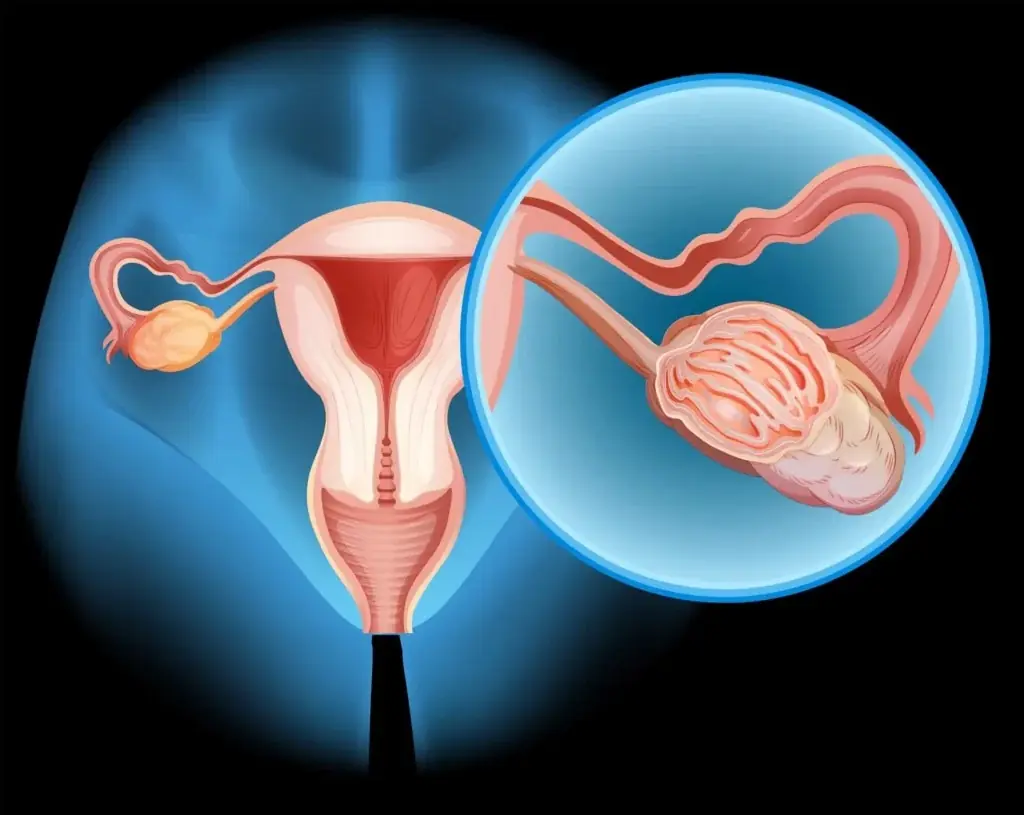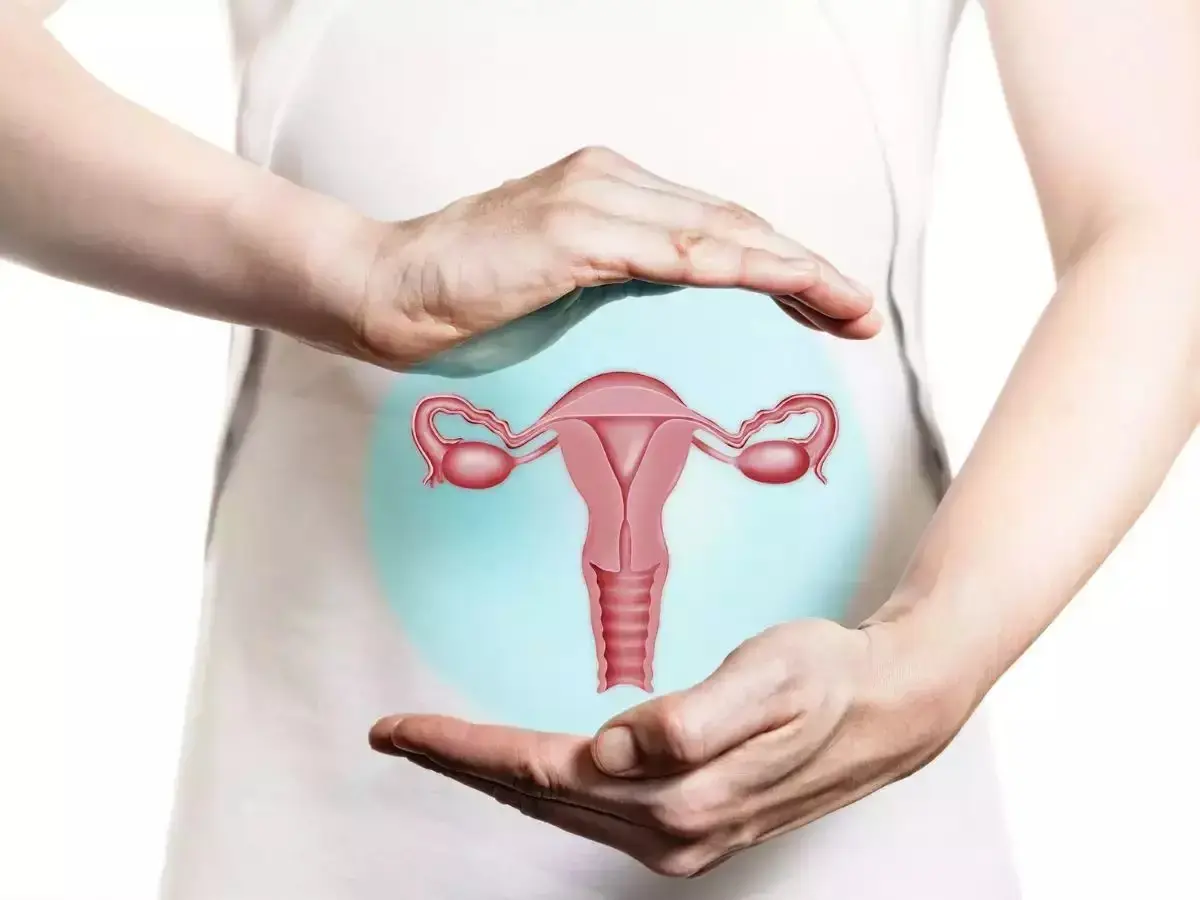Both cancers may begin in different parts of the body, but experts emphasize that they are often tied together by shared genetic mutations, particularly in the BRCA1 and BRCA2 genes. These mutations are like inherited “red flags” that can be passed down silently through generations, significantly increasing a woman’s lifetime risk.

According to the American Cancer Society, women who have been diagnosed with breast cancer face a much higher likelihood of developing ovarian cancer compared to the general population. In fact, the risk can be twice as high, underscoring the urgent need for awareness and proactive health management.
Research has shown the staggering risks linked to genetic mutations: women carrying a BRCA1 mutation face up to a 72% chance of developing breast cancer and up to a 44% risk of ovarian cancer. Those with a BRCA2 mutation are not far behind, with up to a 69% risk of breast cancer and a 17% chance of ovarian cancer.
What makes these findings even more critical is that the mutations can come from either parent, not just from the mother. This means that even if no close female relatives were diagnosed with both cancers, a strong family history of either type may indicate hidden genetic risks.

Because of this, many healthcare professionals strongly recommend that women with a family history of breast or ovarian cancer consider BRCA genetic testing. Understanding your genetic profile provides a roadmap for more personalized prevention, lifestyle changes, and early screening strategies.
Beyond genetics, doctors also highlight other shared risk factors that may increase susceptibility. These include advancing age, obesity, long-term hormone replacement therapy after menopause, and never experiencing a full-term pregnancy. Each of these factors may compound the risk and should be openly discussed with a trusted medical professional.

For women at particularly high risk, preventive steps are available. Some choose prophylactic surgeries such as a mastectomy (surgical removal of the breasts) or an oophorectomy (removal of the ovaries and fallopian tubes) to drastically lower the likelihood of cancer developing. Others may be prescribed medications such as tamoxifen, which has been shown to reduce the risk of breast cancer in high-risk patients.

Ultimately, knowledge is power. By learning about the link between ovarian and breast cancer, women can make informed choices, take preventive action, and work closely with healthcare providers to safeguard their future health.
